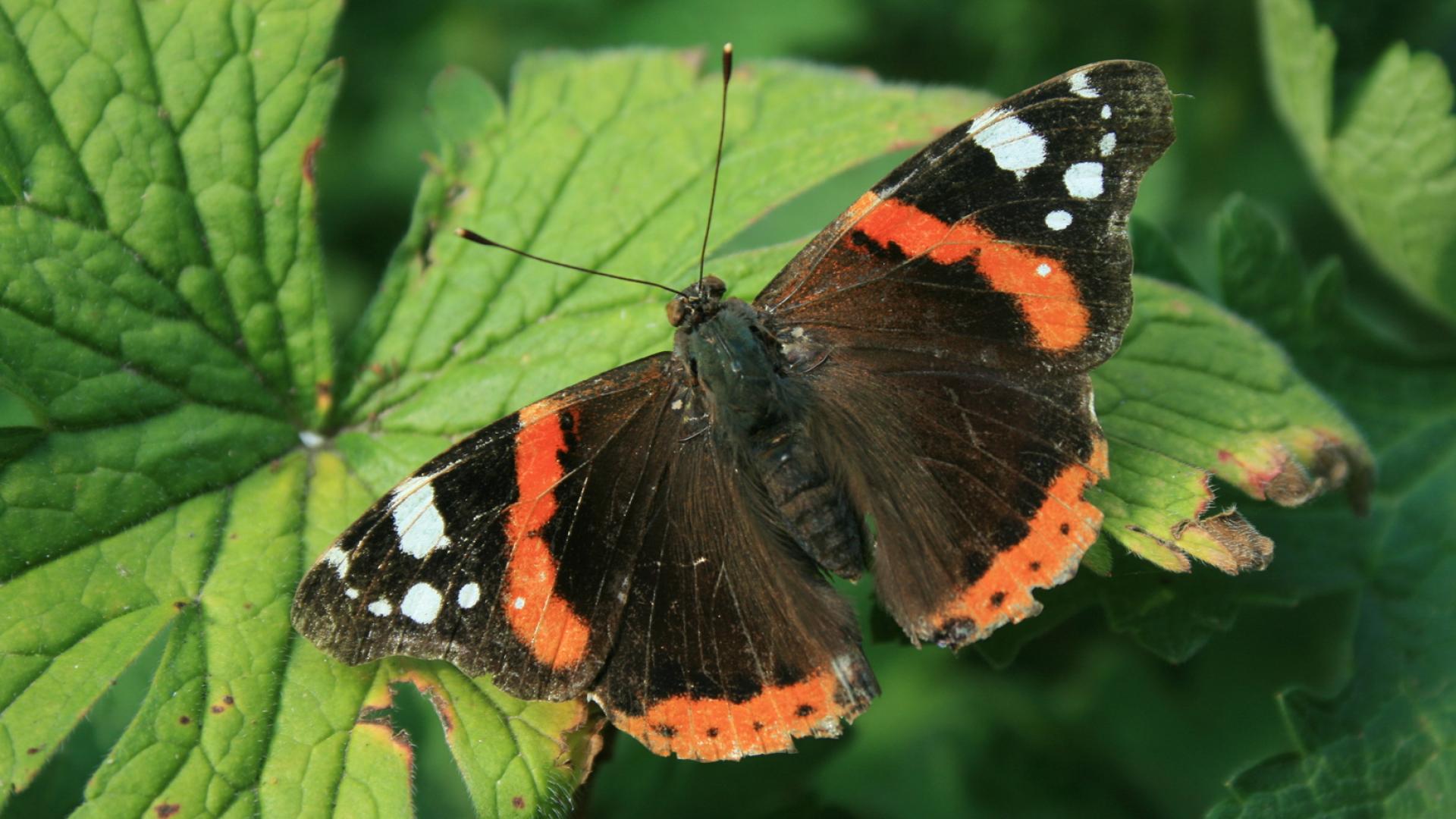Photo Credit: Andrew Bladon

About
GLiTRS is a four-year project funded by the Natural Environment Research Council Highlight Topics program. It is a consortium of six institutions in the UK and South Africa, with partners around the world. With increasing recognition of the importance of insects, there are growing concerns that insect biodiversity has declined globally, with serious consequences for ecosystem function and services. Yet, gaps in knowledge limit progress in understanding the magnitude and direction of change. Information about insect trends is fragmented, and time-series data are restricted and unrepresentative, both taxonomically and spatially. Moreover, causal links between insect trends and anthropogenic pressures are not well-established.
To address the shortfalls, we will bring together diverse sources of information, such as meta-analyses, correlative relationships and expert judgement. GLiTRS will collate these diverse lines of evidence on how insect biodiversity has changed in response to anthropogenic pressures, how responses vary according to functional traits, over space, and across biodiversity metrics (e.g. species abundance, occupancy, richness and biomass), and how insect trends drive further changes (e.g. mediated by interaction networks).
We will integrate these lines of evidence into a Threat-Response model describing trends in insect biodiversity across the globe. The model will be represented in the form of a series of probabilistic statements (a Bayesian belief network) describing relationships between insect biodiversity and anthropogenic pressures.
By challenging this "Threat-Response model" to predict trends for taxa and places where high-quality time series data exist, we will identify insect groups and regions for which indirect data sources are a) sufficient for predicting recent trends, b) inadequate, or c) too uncertain. Knowledge about the predictability of threat-response relationships will allow projections- with uncertainty estimates - of how insect biodiversity has changed globally, across all major taxa, functional groups and biomes.
This global perspective on recent trends will provide the basis for an exploration of the consequences of insect decline for a range of ecosystem functions and services, as well as how biodiversity and ecosystem properties might be affected by plausible scenarios of future environmental change.
To address the shortfalls, we will bring together diverse sources of information, such as meta-analyses, correlative relationships and expert judgement. GLiTRS will collate these diverse lines of evidence on how insect biodiversity has changed in response to anthropogenic pressures, how responses vary according to functional traits, over space, and across biodiversity metrics (e.g. species abundance, occupancy, richness and biomass), and how insect trends drive further changes (e.g. mediated by interaction networks).
We will integrate these lines of evidence into a Threat-Response model describing trends in insect biodiversity across the globe. The model will be represented in the form of a series of probabilistic statements (a Bayesian belief network) describing relationships between insect biodiversity and anthropogenic pressures.
By challenging this "Threat-Response model" to predict trends for taxa and places where high-quality time series data exist, we will identify insect groups and regions for which indirect data sources are a) sufficient for predicting recent trends, b) inadequate, or c) too uncertain. Knowledge about the predictability of threat-response relationships will allow projections- with uncertainty estimates - of how insect biodiversity has changed globally, across all major taxa, functional groups and biomes.
This global perspective on recent trends will provide the basis for an exploration of the consequences of insect decline for a range of ecosystem functions and services, as well as how biodiversity and ecosystem properties might be affected by plausible scenarios of future environmental change.